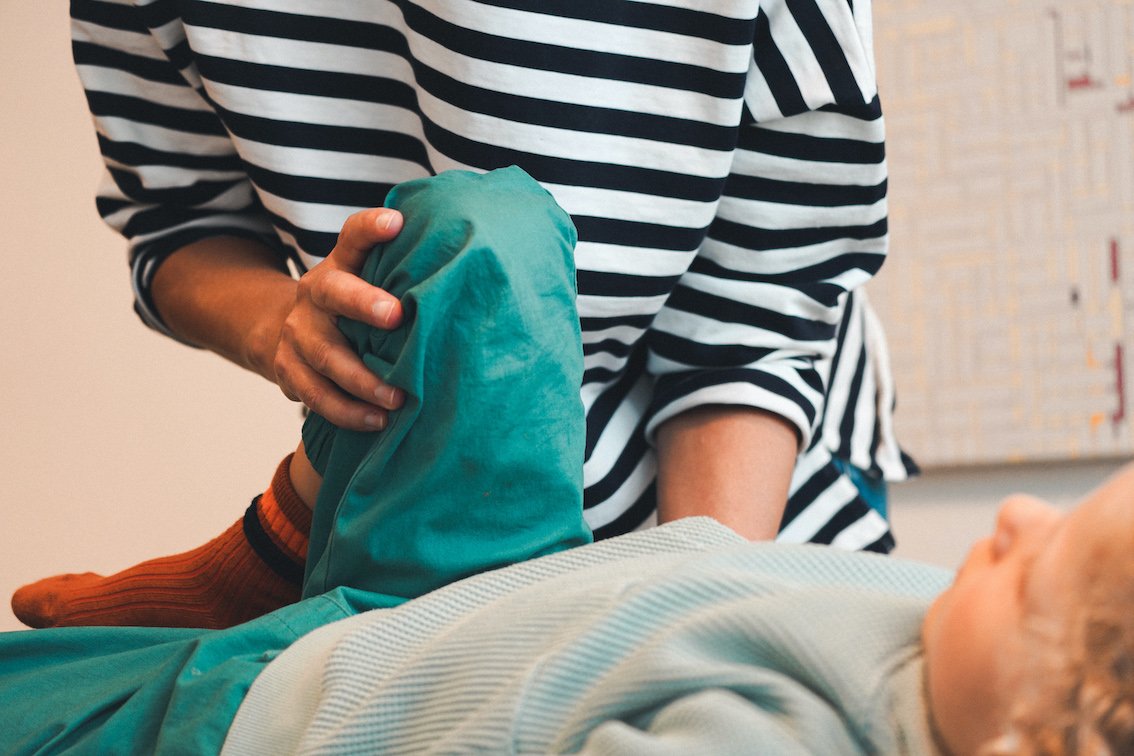NeuroHorizons® / NeuroScanBalance®
"We create freedom in the brain."
Kerstin Baldischwieler
"Optimize the development path of every child, regardless of the challenge or disability."
Sylvia Leiner Shordike
Who are these methods suitable for?
For people of all ages and especially for children with:
Sleep disorders
Muscle tension
Reduction of stress symptoms
High muscle tone up to spasticity
Restricted mobility and muscular dystrophy (also after accidents or operations)
Perceptual disorders
Concentration and learning difficulties
ADD / ADHD
Neurological disease (brain injuries, cerebral palsy / CP, MS)
Genetic dispositions
Developmental disorders
Down syndrome (trisomy 21)
Birth trauma and premature birth
About the methods
Gentle communication with the nervous system takes place through movement and kinaesthetic experiences. New information is perceived, integrated and stored in the brain, which leads to the growth of the myelin sheaths . As a result, gaps begin to close and individual development opportunities arise, regardless of developmental problems or diagnoses.
Through a series of lessons in which the person is guided through more efficient and comfortable movement patterns, the body reorganizes itself. New skills are integrated, movement patterns are recognized and pain is reduced. Function, mobility and coordination improve. The person is more aware and better prepared for life's challenges.
The methods that focus on children with special needs are based on the movement lessons developed by Moshé Feldenkrais (1904-1984), an Israeli physicist and judo master who used scientific observations about the human nervous system.
These methods are unique and cannot be compared with other therapies, exercise systems or routines. They are structured in such a way that the brain can reorganize itself and form new patterns of sensation, thought and action.
Lesson
Each person is met where they are at the moment. The individual sessions can therefore be very similar or completely different, as they always start at the point where the person is at the moment.
I notice how the body is integrated in the movement, which movements are possible and which are not. I can feel whether the body is tense or flexible. With children, I observe what they are interested in and how they implement it. The lesson begins by expanding the existing range of movement through gentle touches and variations. The nervous system begins to integrate the new information it perceives and the individual learning process can take its course.
Quality and quantity are crucial to the success of a lesson. The ability to absorb information over time varies from person to person, with children having a shorter span than adults. The nervous system and brain can become overloaded if they are exposed to too much information and coordination. It is important not to overload the nervous system and brain in order to maintain good physical and mental health. Therefore, the quality of information during a lesson and the timing of its completion is crucial.
The time span for children is about 25-35 minutes and for adults about 45-55 minutes.
Intensive block
Experience has shown that intensifying lessons can lead to great learning success. An intensive block can be planned over a period of 3 to 5 days, with 2 to 3 lessons per day. There is a break of at least one hour between the lessons. After an intensive block, it is important to take a break of several weeks so that the new information can be anchored, integrated and further developed.
Sylvia Leiner Shordike is the founder of the NeuroHorizons® Experiential Movement Learning Programs in America and Europe. She is a Certified Feldenkrais Practitioner (CM) and Anat Baniel Method® NeuroMovement® Childrens Mastery Practitioner.
Kerstin Baldischwieler is the founder of the NeuroScanBalance® method. Among other things, she is a state-recognized physiotherapist and Anat Baniel Method® NeuroMovement® Childrens Mastery Practitioner.
Costs
Adults 120.- CHF
Children 80.- CHF
Please note that appointments must be canceled at least 24 hours in advance. Otherwise it will be charged in full.







